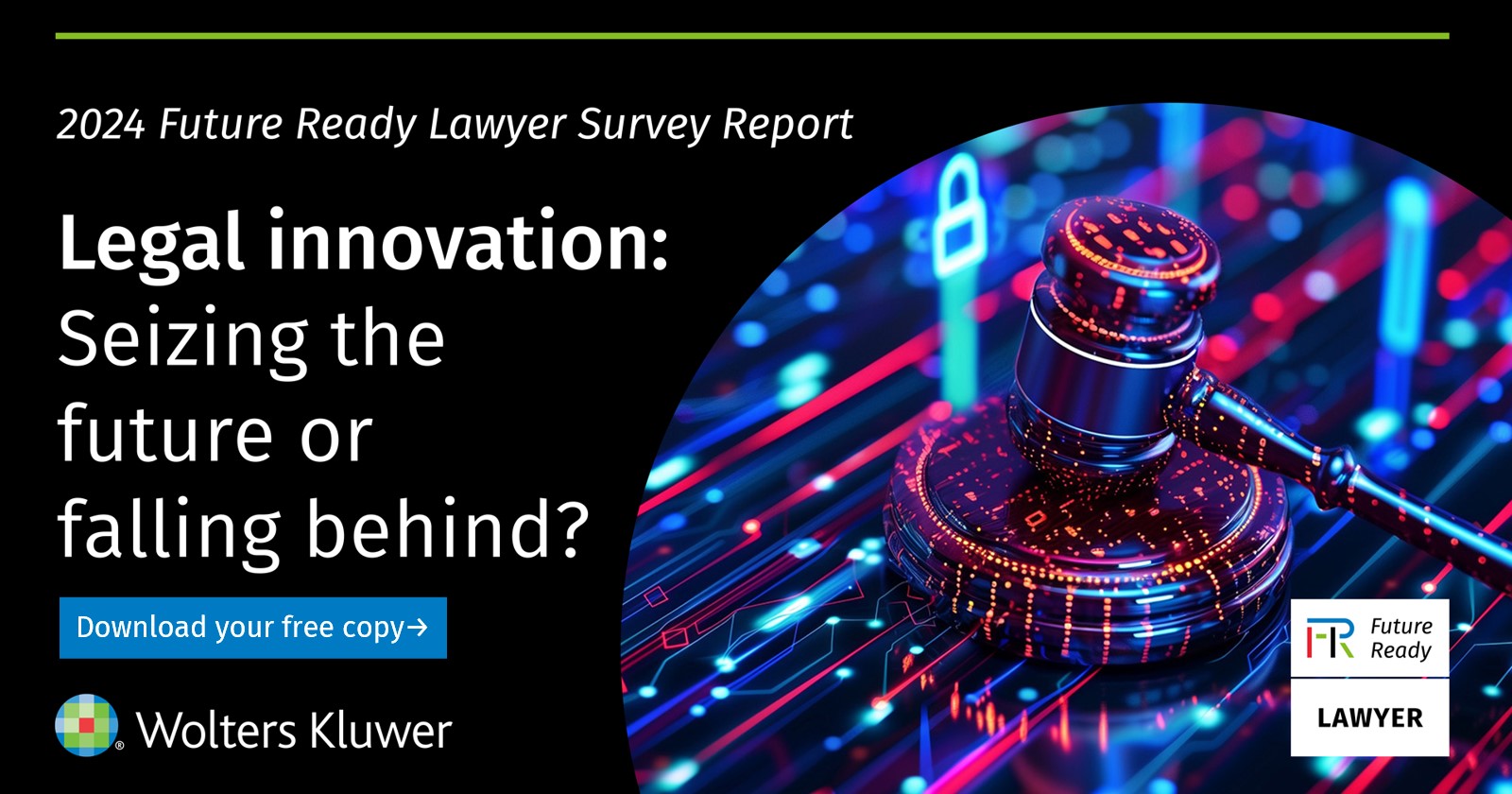
In Noel Redding Estate Ltd & Anor v Sony Music Entertainment UK Ltd [2025] EWCA Civ 66, the Court of Appeal has dismissed an appeal against the High Court’s refusal to grant summary judgment or strike out copyright and performers’ rights claims regarding the exploitation of the studio albums of eponymous rock band, the Jimi Hendrix Experience (“JHE”).
Summary judgment and strike out are procedural tools that can be used to resolve disputes early without a full trial. The English courts can grant summary judgment where a claim or defence has no realistic prospects of success at trial and there are no other compelling reasons for the case to proceed to trial. Similarly, the courts can strike out a statement of case where it does not disclose reasonable grounds for a claim and/or amounts to an abuse of process.
Unless the Court of Appeal’s decision is appealed to the Supreme Court, the copyright and performers’ rights claims made by the estates of former JHE band members against Sony Music Entertainment will proceed to a full trial.
Factual background
The underlying claims relate to the ownership, exploitation and infringement of copyright and performers’ rights relating to the musical works and sound recordings of JHE. More specifically, the claims concern the recordings of the three studio albums released by JHE in the UK between 1967 and 1968 (the “Recordings”).
The Claimants represent the estates of two former members of JHE, bass guitarist Noel Redding, and drummer Mitch Mitchell. The Claimants’ claim ownership of Redding’s and Mitchell’s shares of copyright in the Recordings and associated performers’ rights. The Claimants allege that by exploiting the Recordings in the UK, including by making available the Recordings for streaming on Amazon Prime and Spotify, the Defendant (“Sony”) has infringed their shares of the copyrights in the Recordings and the performers’ property rights in Redding’s and Mitchell’s performances of the Recordings.
Sony applied for summary judgment or for the claims to be struck out on various grounds, but primarily on the basis that the Claimants had no realistic prospects of success at trial. In the High Court, Mr Justice Michael Green rejected Sony’s application in respect of the copyright and performers’ rights claims and concluded that those claims should proceed to trial.
Sony’s Grounds of Appeal
Sony appealed the High Court decision arguing that Green J made the following two errors of judgment:
- First, the judge was wrong to reject Sony’s argument that the Claimants’ claim for infringement of performers’ property rights is precluded by certain transitional provisions in the legislative framework governing performers’ rights, such as s.180(3) of the Copyright Designs and Patents Act 1988 (“CDPA”); and
- Second, the judge wrongly rejected Sony’s argument that the Claimants’ copyright claim is effectively a claim to partnership assets because the JHE operated as a partnership, therefore the Claimants’ claim is statute-barred because it was issued outside the six year limitation period following the dissolution of the JHE partnership.
Court of Appeal’s decision
Ground 1 – Redding and Mitchell’s performers’ rights
The framework of performers’ rights in the UK is contained in Part II of the CDPA. The protection of performers’ rights in the UK has evolved over time in a piecemeal fashion. Different rights have been introduced at different points in time via different pieces of legislation. Due to the incremental way the legislative framework has evolved, there are various “transitional provisions” built into the legislation. These transitional provisions, such as s.180(3) CDPA, essentially say that although the legislation confers rights to performers whose performances were recorded before the legislation came into force, any acts carried out “in pursuance of arrangements made” before the commencement date of the legislation do not infringe the new rights granted by the legislation.
Sony effectively argued that all of the acts alleged to infringe the performers’ rights fell within one or more of these transitional provisions and therefore did not infringe the Claimants’ performers’ rights. Sony relied on several transitional provisions but the appeal focused on the application of s.180(3) CDPA.
Sony’s case was based on an exclusive recording agreement entered into by the band members in 1966. As part of that agreement Redding and Mitchell both consented to the recordings of their performances and to the commercial exploitation of those recordings, primarily through the manufacture and sale of vinyl records. Sony argued that all the alleged acts of infringement were done pursuant to the 1966 agreement and therefore “in pursuance of arrangements made before” 1 August 1989 (when Part II of the CDPA came into force).
At first instance, Green J rejected Sony’s claim on the basis that the Claimants had a more than arguable case that the consent given by the musicians in the 1966 agreement did not include consent for Sony to exploit their rights and at the very least the issue may involve a factual inquiry that would require disclosure and evidence.
Lord Justice Arnold, giving the leading judgment on appeal, confirmed that for s.180(3) to apply there must be a nexus between the acts complained of and the “arrangements” relied on. Arnold LJ found that on Sony’s case there could be no nexus at all and s.180(3) could still provide a defence to infringement. The practical consequence of Sony’s argument would be that an infringing party could be a complete stranger with no connection at all to the “arrangements” in question and yet still benefit from the protection of s.180(3). According to Arnold LJ the application of s.180(3) advanced by Sony would “eviscerate the rights” conferred to performers under Part II of the CPDA.
Arnold LJ also noted that the effect of Sony’s argument on s.180(3) was that the ambit of the musicians’ consent was immaterial. Sony effectively argued that the fact that the musicians had consented to commercial exploitation under the 1966 agreement was sufficient to trigger s.180(3). However, as Arnold LJ pointed out, when consent is relied on as a standalone defence to infringement, the ambit of the consent is critical. Arnold LJ rightly held that it would be very peculiar situation if a defendant could rely on s.180(3) to circumvent the limits of consent given by a performer and provide a defence to alleged infringement of the performer’s rights.
For those reasons, Arnold LJ rejected Sony’s first ground of appeal and confirmed that Green J was correct to find that the Claimants had a more than arguable case that the consent given in the 1966 agreement did not extend to the current exploitation of their performance rights by Sony.
Ground 2 – the copyright infringement claim is statute-barred
Sony argued that because the JHE operated as a partnership until Hendrix passed away the Claimants’ claim to ownership of copyright in the Recordings was in effect a claim to partnership assets and therefore statute-barred because the claim had not been issued within six years of the date the partnership was dissolved as required by s.23 of the Limitation Act 1980.
The Court of Appeal rejected Sony’s argument and confirmed that Green J was correct to find that the Claimants’ claim was not a claim to partnership assets and therefore not statute-barred. Although the relief sought by the Claimants included an election between damages and an account of profits, Arnold LJ confirmed that the claim for an account of profits concerned profits arising from Sony’s alleged infringement of copyright in the Recordings, not an action for an account of partnership assets. Similarly, the fact that the Claimants sought a declaration of ownership over the copyright alleged to be infringed did not alter the nature of the infringement claim. As such the Claimants’ claim did not fall within s.23 of the Limitation Act and was not time-barred.
Although the Claimants are unable to recover damages or profits which accrued more than six years before the issue of the claim form by virtue of s.2 of the Limitation Act, the infringement claim itself is not time-barred because the continued exploitation of the Recordings by Sony amounts to ongoing acts of alleged infringement and the claim was validly issued within six years of the allegedly infringing acts occurring.
Comment
The circumstances of this dispute highlight the array of complex legal issues surrounding the ownership and exploitation of copyright and related IP rights within the music industry, particularly within in group and band dynamics. Performers’ rights in particular, is a complex area of law and the Court of Appeal’s decision provides helpful guidance on the applicability of s.180(3) CDPA, and by extension, similar transitional provisions in subsequent legislation.
After being issued back in 2022 and stalled by various procedural delays in the meantime, the Claimants’ copyright and performers’ rights claims should now proceed to trial pending any appeal to the Supreme Court. The outcome at trial will be of particular interest for bands and musicians whose music and performances were recorded long before the advent of streaming platforms and are now being exploited in ways that were not envisaged back in the recording studios of the 1960’s and 70’s.
________________________
To make sure you do not miss out on regular updates from the Kluwer Copyright Blog, please subscribe here.


